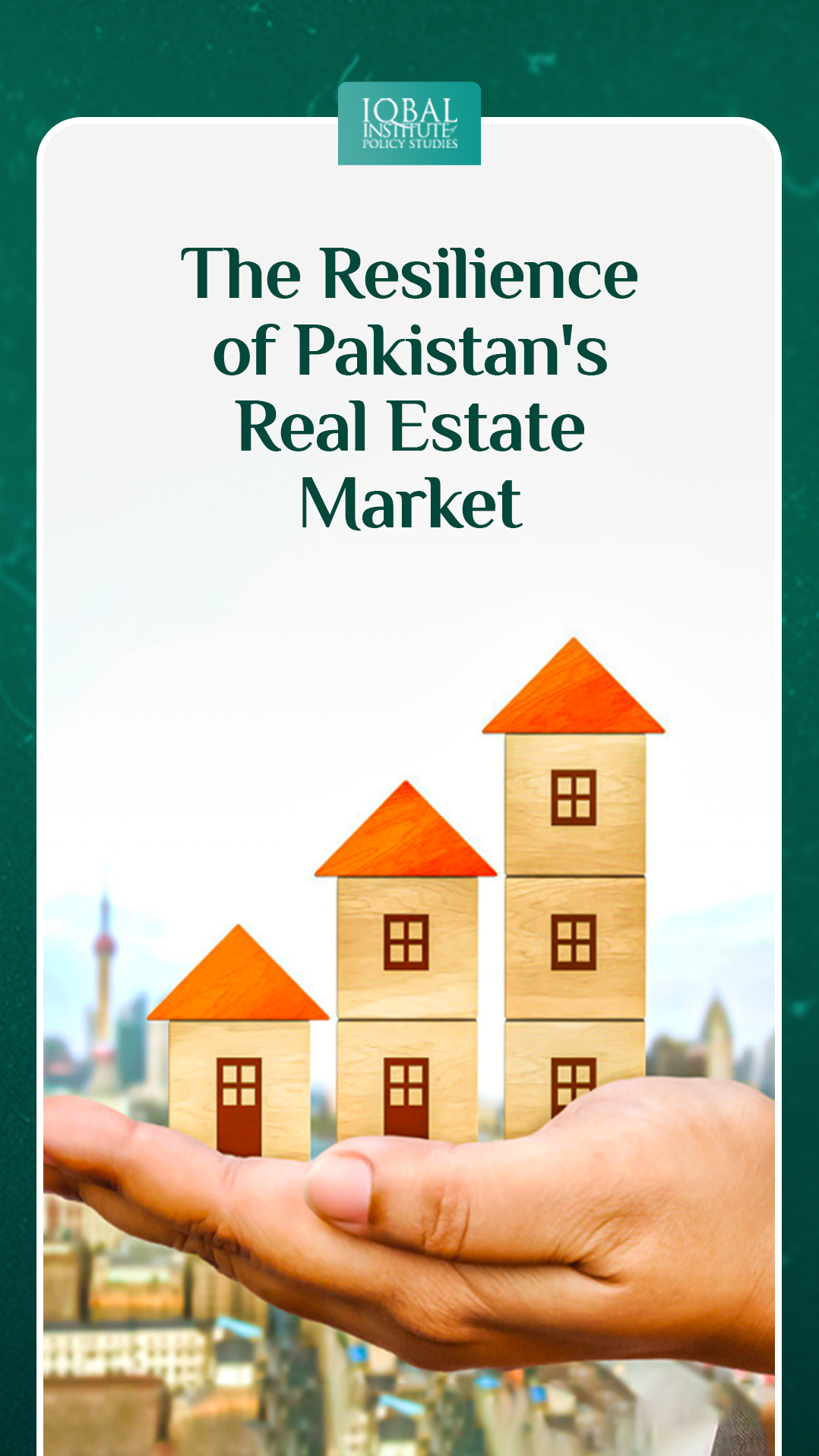In recent years, Pakistan’s real estate market has faced its fair share of challenges. From economic fluctuations to political instability, the sector has weathered various storms. However, what is truly remarkable is the resilience it has displayed throughout these trials. In this blog post, we will delve into the reasons behind the enduring strength of Pakistan’s real estate market and how it has managed to adapt and thrive even in the face of adversity.
Demographic Factors
One of the key drivers of the resilience of Pakistan’s real estate market is its burgeoning population. With over 220 million people, Pakistan is the world’s fifth-most populous country, and this number continues to grow steadily. This population growth creates a constant demand for housing and commercial properties, ensuring that the real estate market remains active.
Furthermore, Pakistan’s young and urbanizing population has unique housing needs. As more young professionals move to urban centers for job opportunities, the demand for affordable apartments, housing societies, and mixed-use developments has risen, providing ample opportunities for real estate developers and investors.
Urbanization and Infrastructure Development
Pakistan is experiencing rapid urbanization, with more people moving from rural areas to cities in search of better economic prospects. This trend has fueled the demand for housing, commercial spaces, and infrastructure development. Major cities like Karachi, Lahore, and Islamabad have seen significant growth in the real estate sector due to the need for housing, offices, and retail spaces.
Additionally, government initiatives and foreign investments in infrastructure projects, such as the China-Pakistan Economic Corridor (CPEC), have contributed to the growth of real estate markets in areas adjacent to these projects. The development of transport networks, industrial zones, and port facilities has led to increased property values and investment opportunities.
Investment Opportunities
Investing in Pakistan’s real estate market has historically been considered a safe haven for capital. The sector offers a tangible asset that tends to appreciate over time, making it an attractive choice for investors looking for long-term gains. Additionally, Pakistan’s real estate market offers various investment avenues, from residential and commercial properties to industrial and agricultural land.
Foreign investors have also shown interest in the Pakistani real estate market, attracted by its growth potential. The government has introduced policies to facilitate foreign investment and streamline property registration processes, making it easier for international investors to participate in the market.
Policy Reforms
Pakistan’s government has implemented several policy reforms to improve transparency and regulate the real estate sector. The introduction of the Real Estate Regulatory Authority (RERA) has been a significant step in this direction. RERA aims to ensure fair practices, protect the rights of buyers and sellers, and enhance overall market confidence.
These reforms have helped reduce fraudulent activities and speculation in the market, making it more stable and attractive to investors. Moreover, they have provided a framework for dispute resolution and consumer protection, further bolstering the sector’s resilience.
Cultural Significance
Owning real estate holds cultural significance in Pakistan. It is often seen as a symbol of stability and social status. Families aspire to own homes and pass them down through generations. This cultural attachment to property ownership contributes to the resilience of the real estate market, as it continues to be a primary focus for individuals and families alike.
Conclusion
In conclusion, Pakistan’s real estate market has demonstrated remarkable resilience over the years, driven by demographic factors, urbanization, infrastructure development, investment opportunities, policy reforms, and cultural significance. Despite facing economic and political challenges, the sector has adapted and evolved to meet the changing needs of the population.
While there may be occasional fluctuations, the long-term prospects for Pakistan’s real estate market remain promising. With a growing population, urbanization trends, and ongoing infrastructure development, the sector is likely to continue its upward trajectory, offering opportunities for investors and contributing to the country’s economic growth. As the government continues to implement reforms and promote transparency, the real estate market’s resilience will only strengthen further, making it a vital component of Pakistan’s economic landscape.
This article is written by Radma Nouman. Radma is a research analyst at the Iqbal Institute of Policy Studies (IIPS).



Leave a Reply